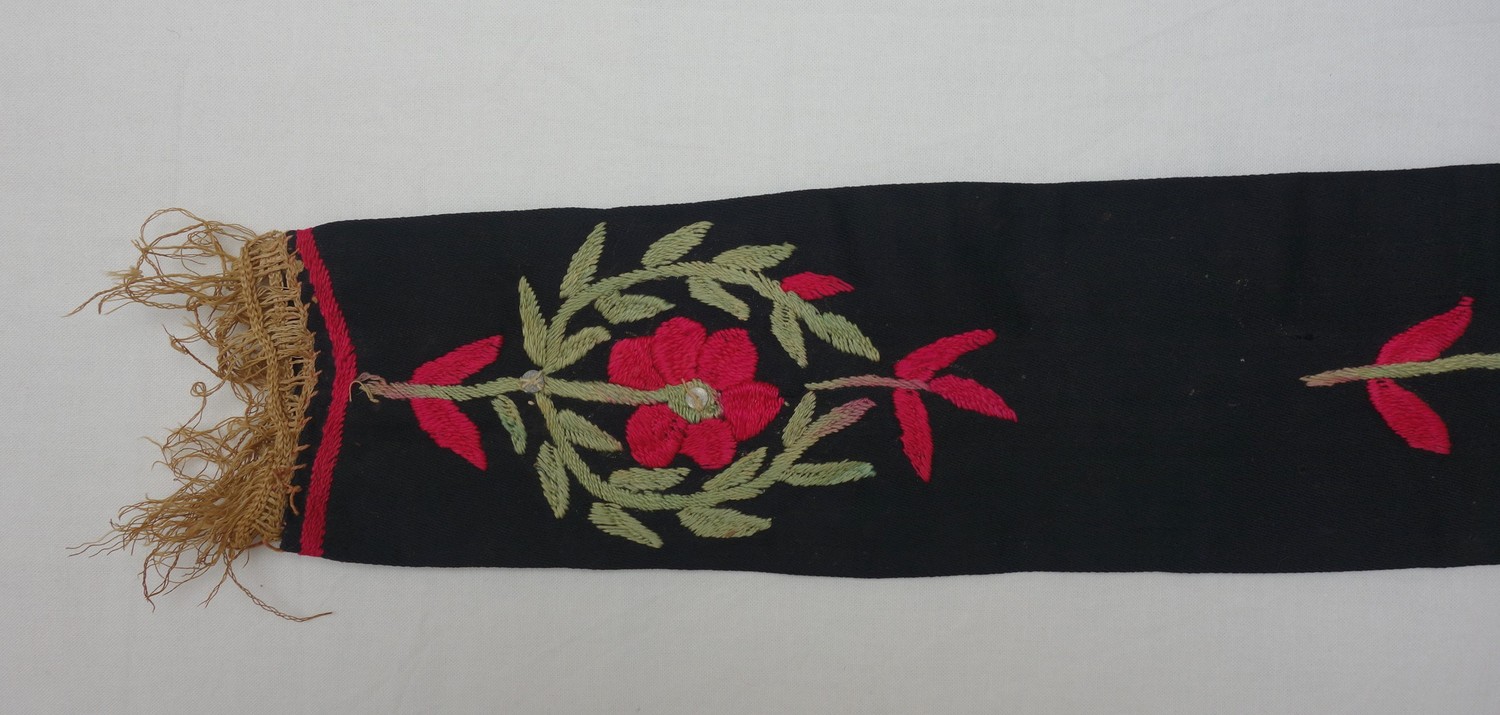Tajik is the normal name for the non-Pashtun, non-Hazara, Persian (Dari) speaking population of the country. Many live in the main cities and in the northeast and west of the country. The basic man’s outfit consists of trousers (tomban) with a drawstring (tikke) and a knee-length shirt (pirahan or kamiz). The Tajik man’s headgear normally consists of an embroidered cap (kolah).
The outfit worn by Tajik women consists of trousers, dress and head covering. Tajik women’s trousers usually have straight legs and are made of white or pastel coloured satin, cotton or a synthetic material. Tajik dresses tend to have long sleeves and longish skirts. In general, they are not decorated with embroidery or metallic lace. Instead emphasis is placed on the use of different types of fabrics, often woven or printed with geometric and floral designs.

In some areas of northern Afghanistan, Tajik women wear an outfit that is similar to Uzbek forms. These include narrow ikat trousers, worn with a shiny, ikat dress. Tajik women often plait their hair into numerous long strands, put into an embroidered plait bag.


